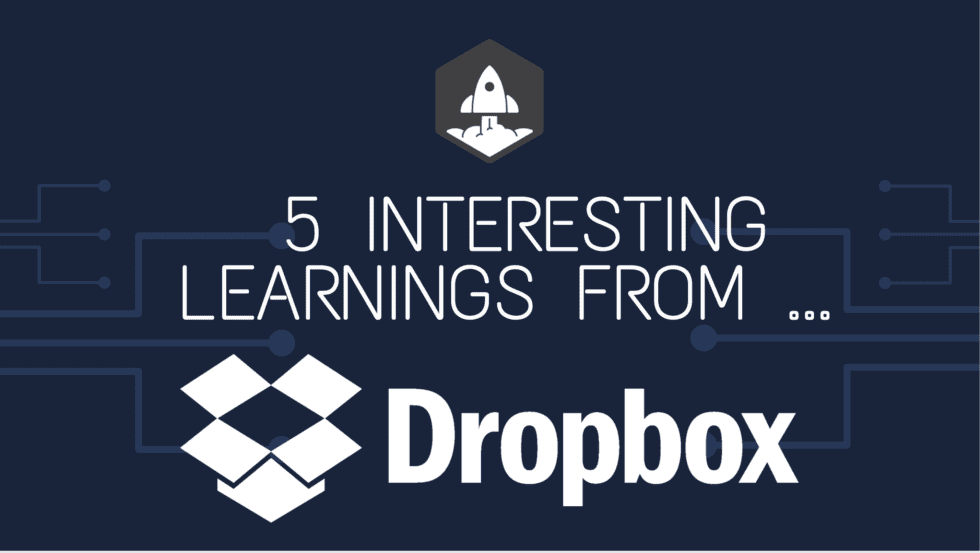5 Interesting Learnings from DropBox at $2.5 Billion in ARR | SaaStr

🌈 Abstract
The article discusses the evolution of Dropbox, a mature SaaS (Software as a Service) leader, and the key learnings from its financial performance and strategic decisions.
🙋 Q&A
[01] Dropbox's Maturity and Financial Performance
1. What are the key financial metrics and performance indicators of Dropbox?
- Dropbox has an impressive annual recurring revenue (ARR) of $2.4 billion, with operating margins of 33%, which is considered wildly impressive.
- However, its revenue growth has slowed to a mature 6%, and its paid customer count actually dropped in the last quarter.
- Despite the profitability, Dropbox's market cap is only $7.8 billion, trading at just 3x ARR, or just over 2x ARR net of cash.
2. How does Dropbox's customer base and ARPU (Average Revenue Per User) compare to other SaaS companies?
- Dropbox has a massive customer base of 18 million paying customers, which is about 10 times the size of HubSpot's 200,000 paying customers.
- However, Dropbox's ARPU is only $139.38 per year, which is about 1/10th of what HubSpot's customers pay.
- Dropbox's ARPU has remained relatively flat over the past few years, with a modest 4% increase.
3. What challenges is Dropbox facing in terms of customer growth and retention?
- Dropbox is seeing elevated levels of customers reducing seat count and elevated churn.
- The company has also been ending its unlimited storage offering, which seems to be leading to customer churn, as high-usage, low-ARPU customers are being impacted.
[02] Dropbox's Strategic Shifts
1. How has Dropbox's strategy evolved from a single-product company to a multi-product offering?
- Dropbox has attempted to drive up pricing and ARPU by bundling multiple products, but customers have not been willing to pay a higher effective price for the bundles.
- The company is still largely seen as a one-core-product-plus-extensions company, rather than a true multi-product offering.
2. What other strategic decisions has Dropbox made, and how do they reflect the company's evolution?
- Dropbox has made the strategic decision to end its unlimited storage offering, citing abuse as a core reason, but financial engineering appears to be the primary driver given the company's high gross margins.
- The company has also paid $79 million to get out of its San Francisco lease, but expects to save $220 million over the full term, reflecting the company's adaptation to the distributed and hybrid work environment.
3. What is the long-term outlook for Dropbox's financial performance?
- Dropbox is on track to generate almost $1 billion in free cash flow in fiscal 2024, demonstrating the profitability potential of mature SaaS companies at scale.
- The article suggests that Dropbox is still in the early stages of its "second act," as it navigates the challenges of transitioning from a high-growth, single-product company to a more mature, diversified SaaS leader.
Shared by Daniel Chen ·
© 2024 NewMotor Inc.